The case of the phantom handbag: How we started using handbags less and pockets more
Lou Stoppard reflects on that once pivotal accessory and wonders if our change in needs spells the demise of the the classic bag
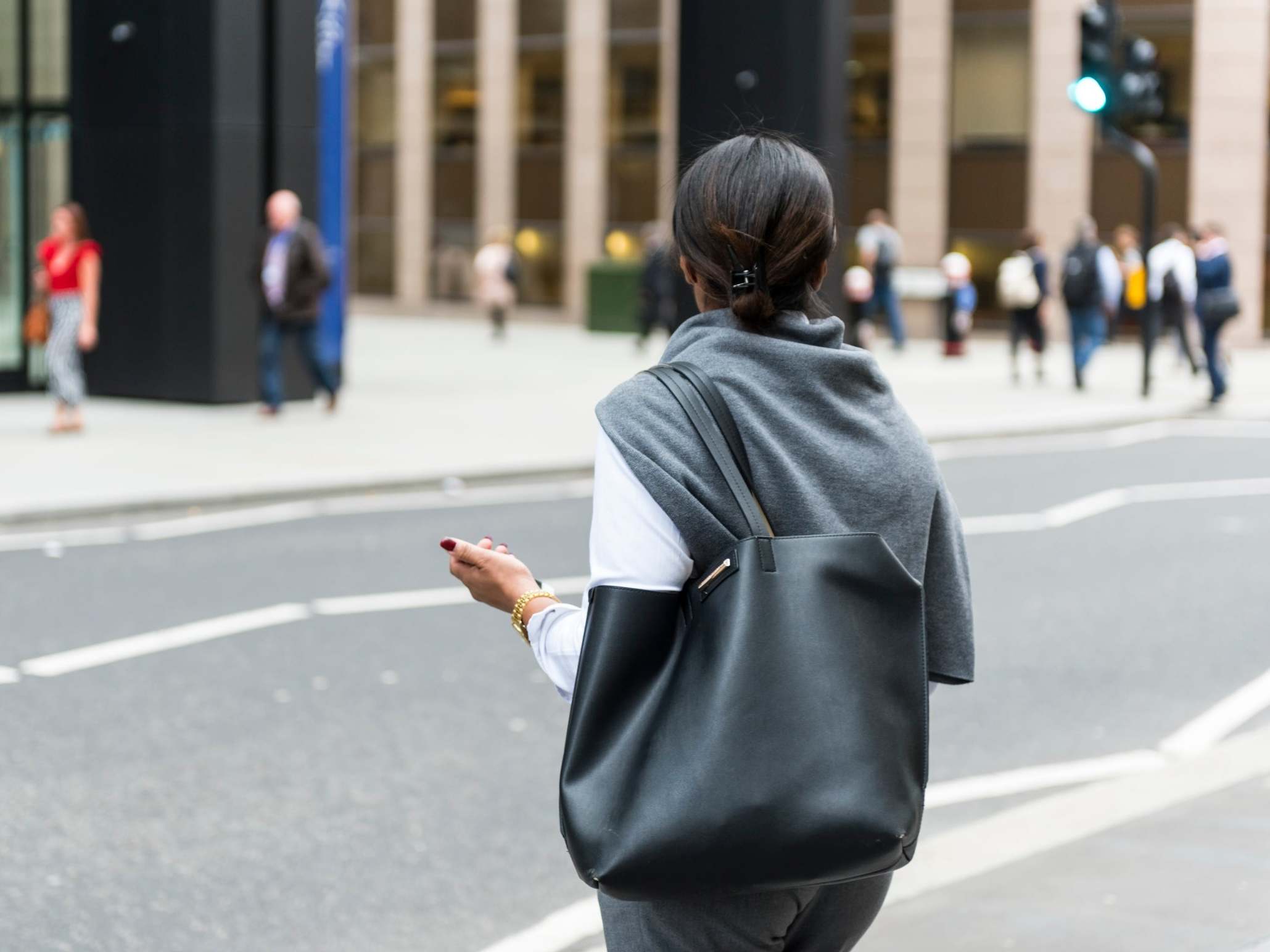
Your support helps us to tell the story
From reproductive rights to climate change to Big Tech, The Independent is on the ground when the story is developing. Whether it's investigating the financials of Elon Musk's pro-Trump PAC or producing our latest documentary, 'The A Word', which shines a light on the American women fighting for reproductive rights, we know how important it is to parse out the facts from the messaging.
At such a critical moment in US history, we need reporters on the ground. Your donation allows us to keep sending journalists to speak to both sides of the story.
The Independent is trusted by Americans across the entire political spectrum. And unlike many other quality news outlets, we choose not to lock Americans out of our reporting and analysis with paywalls. We believe quality journalism should be available to everyone, paid for by those who can afford it.
Your support makes all the difference.I feel it sometimes, like a phantom limb, banging against my side as I move around the house. I sense it nestled in the crook of my arm as I wander from room to room. It was the onetime receptacle of all I held immediately important: purse, receipts, identification, charger, books, tissues (fresh and used), flask, tampons, a card for that delicious but inexpensive Italian restaurant from that one time a few months back.
What was it? My surprisingly roomy yet somehow streamlined handbag, of course.
My bag of choice was black leather with gold hardware, made by Balenciaga, bought on sale. Once upon a time I didn’t leave the house without it. Now, of course, because of Covid-19, I no longer really leave the house. I haven’t carried my bag for months.
Masks are the accessory of the moment, if one is looking to define such a thing. The tote (or clutch or saddle bag) seems a relic of ages past, gathering dust in bedroom corners and closet shelves. But is this a permanent change in our wardrobe? Or will the bag live again?
Ana Kinsella, a freelance copywriter in London, has relied on her pockets for most of her daily lockdown walks, or the occasional canvas tote for gathering supplies.
“In my pre-coronavirus life, my handbag wasn’t so much a way to carry things around as a way to keep things together,” she says. Lockdown has brought about the inverse; that constantly accumulated junk is scattered with abandon around the home, rather than stuffed in one place. “I now have no idea where anything is,” she adds.
Kinsella recalled being drunk after a late-night Zoom hen party, for which she had dressed up, and walking to the end of her road for a cigarette. On the way out she picked up her fanciest bag, a small, bright orange leather satchel, despite not actually needing it.
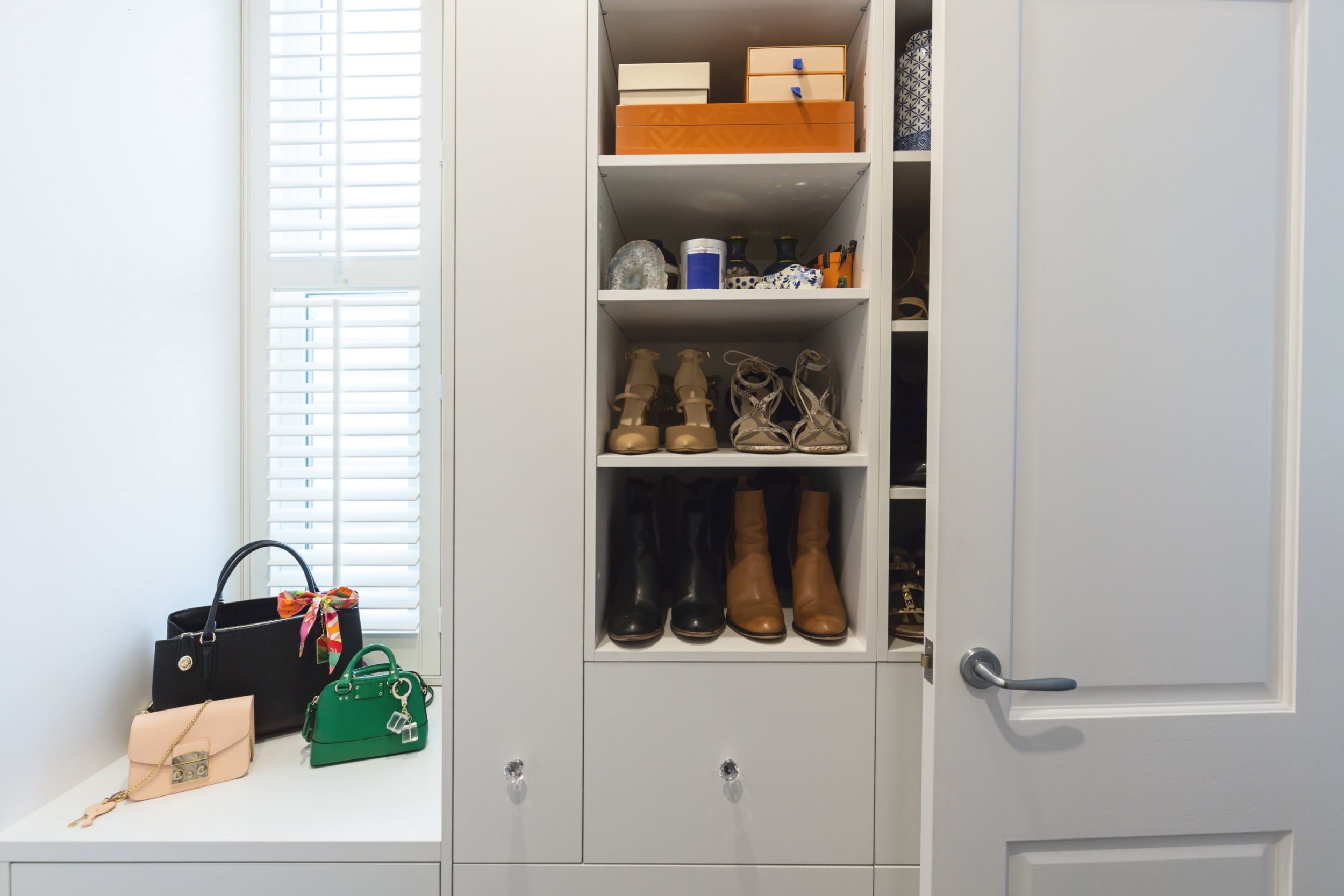
“I thought, ‘I owe it to the outfit to have a handbag with me, even if no one is there to see it,’” she says.
Katie Hillier knows leather goods better than most, having worked as the creative director of Marc by Marc Jacobs and consulted for an array of luxury brands. Her work at the former British brand Luella, beginning in 1999, was part of what helped kick off the “It” bag movement of the early 2000s.
“It always used to be about the work tote,” Hillier says. “What is that now? The work-from-home tote is your backpack, or the bag that fits on your bike, or the bag that you take to the market or the grocery store or on the march.”
She observed that, throughout lockdown, people have been finessing the minutiae of their routines – the preferred shopping route, the ideal outdoor workout – and will most likely now shop with these in mind. “Functionally is going to be even more important than it ever was before,” she says.
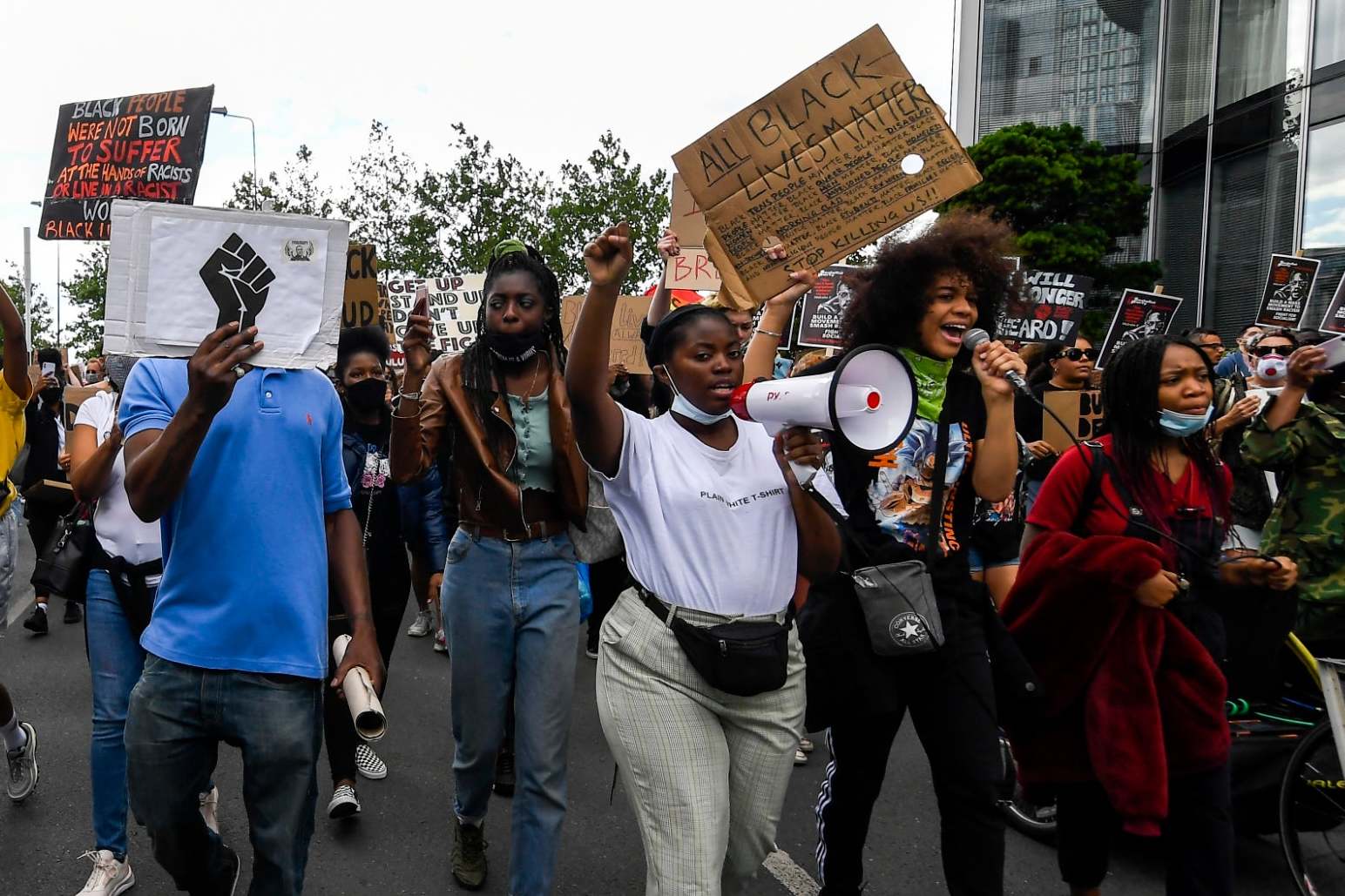
She predicts a market for inventive canvas shoppers, lined in something waterproof, or cross body bags with adjustable straps for hiking or cycling – “geeky stuff like that”.
Already, the luxury retailer MatchesFashion.com has seen a boost in sales of “functional lifestyle styles such as canvas totes” such as Rue De Verneuil, whose structured canvas bags cost more than $200 (£160), says Cassie Smart, head of womenswear buying for MatchesFashion.
Hillier says she thought future bag purchases would be “less about bags as a status thing”.
“Some people may have realised that they actually enjoy being at home,” she continues, “and that there are other things that they can spend their money on.”
Later, keen to remember what had once felt so important, I took my former favourite bag for a walk around the house. We meandered from living room to bedroom and back again
With stores closed, fashion and accessories sales have plunged by 35-39 per cent, according to a recent report from McKinsey, and some of the money that might normally have gone on bags has, over the last few months, been allocated to bikes. (In March, nationwide US sales of bicycles and related services nearly doubled compared with the same period last year, according to the NPD Group.) Large leather bags are impractical for cycling: anything too long swings forward and lodges between the legs, making peddling difficult, while shoulder styles risk slipping down.
Handbags are also unhelpful at protests, which have swelled globally. For most attendees at the recent demonstrations, backpacks or bumbags were omnipresent.
In various cities, as protesters marched past luxury stores, there were also few handbags to be seen. Nervous of the unrest, Gucci, Chloé, Louis Vuitton and others had removed stock, their usually bombastic window displays stripped bare. When, in late May, despite the spreading unrest, Vuitton opted to unleash a widespread influencer campaign for its new bag, the LV Pont 9, the move was criticised on social media as tone-deaf.
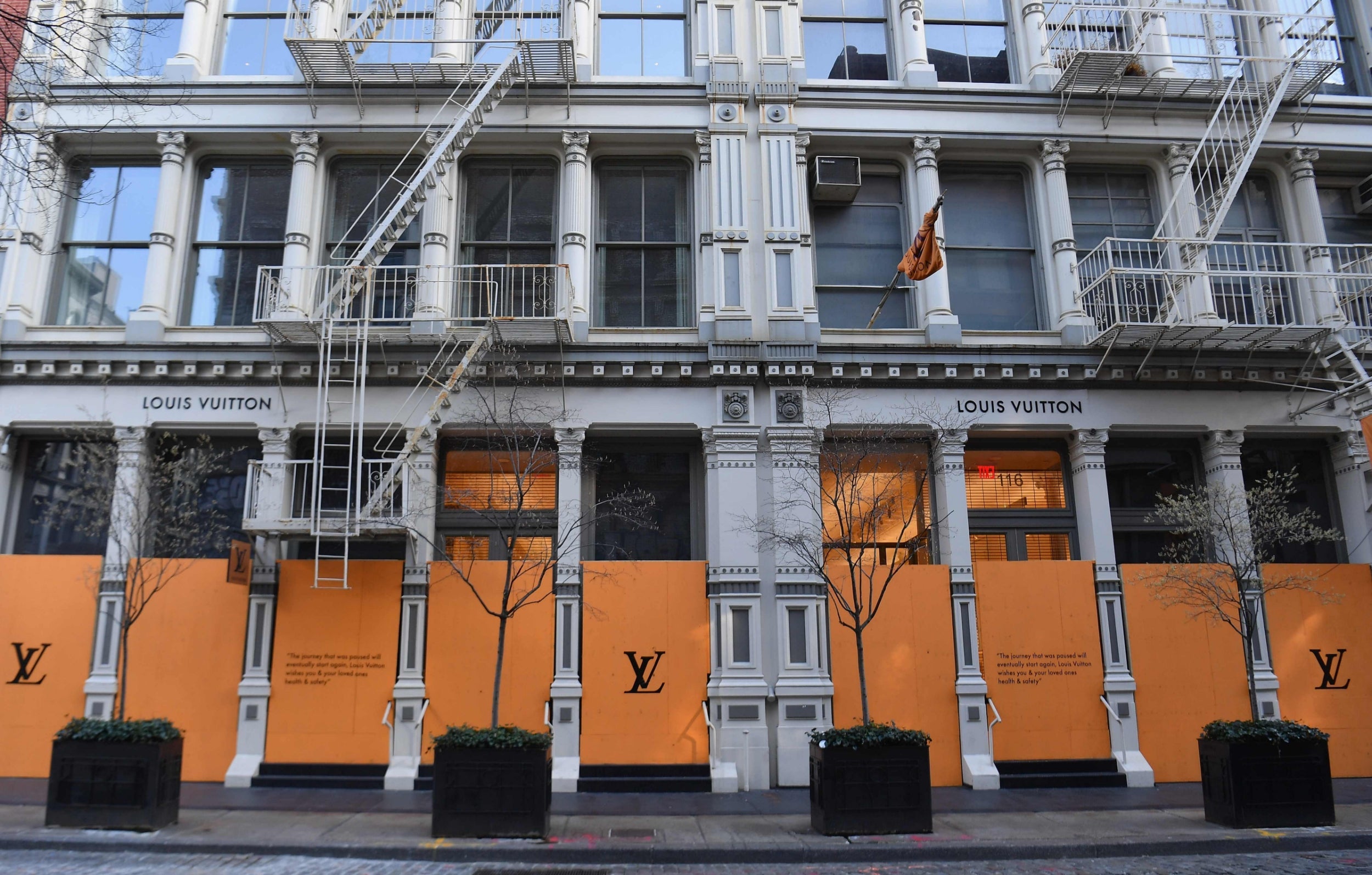
According to Colleen Hill, curator of costume and accessories at the Museum at FIT, fashion history does attest to a link between changing handbags and social shifts. “That is an idea that can be traced back to at least the early 20th century, when women began carrying bags that held items such as cosmetics, cigarettes, a wallet and keys,” she says. “All of these signified growing freedoms for women in public life.”
Chanel’s 2.55, for example, equipped with myriad pockets and a long shoulder strap, “reflected Chanel’s personal, but highly influential, design ethos that combined practicality with high style,” Hill says.
Hill says she expects to see another such shift now. “As a New Yorker, I usually carry a large bag that will hold everything I need for the entire day – my iPad or a book, headphones, some cosmetics, my water bottle, and maybe even a spare pair of shoes,” she says. “Now that I stay closer to home, I can get away with smaller and more functional bags.”
She has been relying on a neat black leather tote purchased on Etsy years ago: “It’s subdued, and it feels like the right bag for this moment.”
The question of appropriateness is paramount. Typically, bags have been a financial crutch for fashion brands, propping up ready-to-wear sales, and, thanks to their logos, serving as a form of advertising. Whether this will remain true given the recession and the related shift in attitudes towards big business and wealth inequality is debatable.
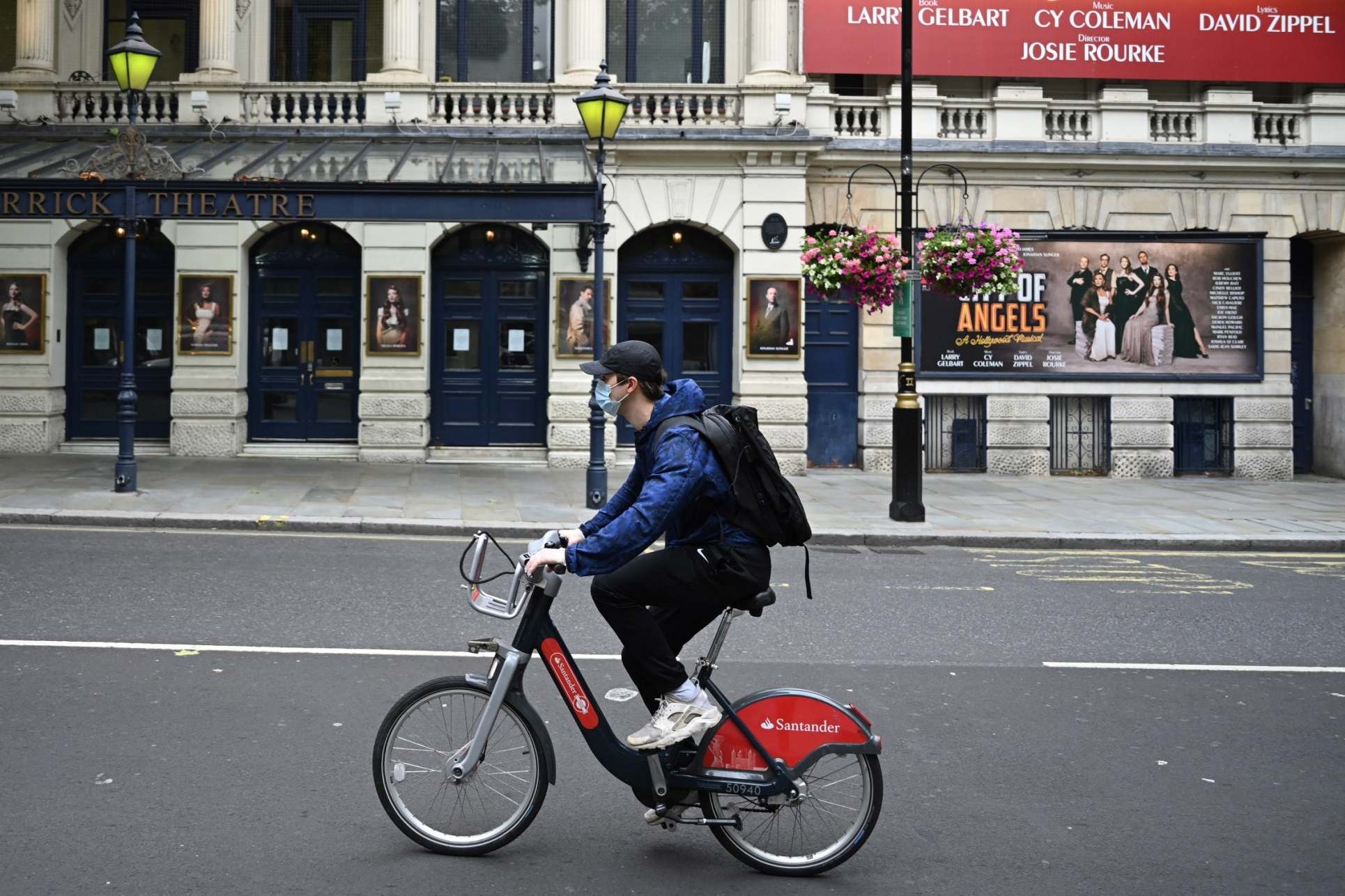
“I think people are becoming quite confused about what they should buy and what they shouldn’t buy,” says Hillier. “They are thinking about where materials came from, whether they are eco.” She predicts people will be keen to “shop to support”, saving their money for brands that share their values.
Case in point: Tree Fairfax, a small independent label based in Virginia, whose handmade leather goods, designed, the website says, for “moving around lightly”, received numerous shout-outs on social media in the recent drive to promote black-owned businesses.
But when contacted to discuss the effect of the current moment on handbag trends, the brand’s owner, Tricia Hash, replied that she was too exhausted by racism, and too worried about her son who was still working as a delivery driver without personal protective equipment, to talk about leather goods. Which seemed exactly the point.
Later, keen to remember what had once felt so important, I took my former favourite bag for a walk around the house. We meandered from living room to bedroom and back again. After weeks of living bagless, hands-free, my swag weighing down my bicycle basket rather than my shoulders, I was transported back to a time of commutes, rushing, air travel, post-work drinks, and a laptop ensconced in leather beneath the table. Suddenly, it all felt so heavy.
© New York Times
Join our commenting forum
Join thought-provoking conversations, follow other Independent readers and see their replies
Comments